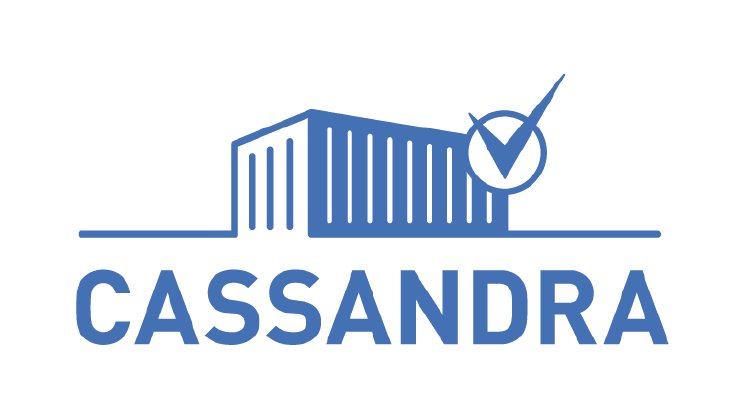Security by visibility
The CASSANDRA project (www.cassandra-project.eu) addresses the visibility needs of both business and government in the international flow of containerised cargo. It does so by developing a data-sharing concept that allows an extended assessment of risks, both by business and government, and thereby enabling improved supply chain visibility and cost-efficient and effective security enhancement. The three-year project started on June 1st 2011, involving 27 innovative industry leaders and receiving funding from the European Commission's Seventh Framework programme for Security. The consortium is composed of leading companies in the fields of logistics and IT, amongst them worldwide players such as DHL, GS1, IBM and Kühne+Nagel, Customs and other border inspection agencies, European research institutes as well as the port communities and trading partners of the European ports of Rotterdam, Bremerhaven, Barcelona and Setúbal. All members utilise their specific expertise in this 15 million euro project, which builds on previous EU funded projects INTEGRITY, SMART-CM and ITAIDE.
Piggy-backing and a risk-based approach
CASSANDRA's strategic goal is to improve the efficiency and effectiveness of cross border inspections as well as to improve supply chain visibility and business execution. Currently, government authorities perform risk assessments using the tradi-tional Transaction Based Audit (TBA) approach. Each cross-border trade transaction is thus inspected individually, based on declaration data submitted to authorities ('data push'). CASSANDRA aims to bring the Risk Based Audit (RBA) approach to the next level. This RBA identifies secure and known container flows, based on System Based Auditing (SBA). In the SBA, government authorities use data and risk assessment of businesses for their own risk assessment. This re-use is the concept of piggy-backing. So with a SBA, government is assessing business processes and protocols with accessible business data ('data pull'). The effectiveness of control improves when the trusted flows are dealt cost-efficiently, thus giving more opportunity to investigate and address riskier container flows. Businesses profit directly from the improved chain visibility, which leads to reduced administrative burden and errors as well as less interference from cross-border inspection agencies.
What will CASSANDRA do?
CASSANDRA will achieve interoperability of heterogeneous systems by using state of the art IT innovations to form a data pipeline, so that secure and reliable data can be shared across the supply chain. Different levels of data access will be defined for different partners in the chain including cross-border inspection agencies. The data pipeline is investigated and demonstrated with Living Lab case studies for three global trade lanes, China-EU, EU-US and EU-Africa. The CASSANDRA interoperability approach will be aligned with other international eFreight and eCustoms initiatives and international standardisation and legislation bodies thus taking the first steps towards global implementation.

